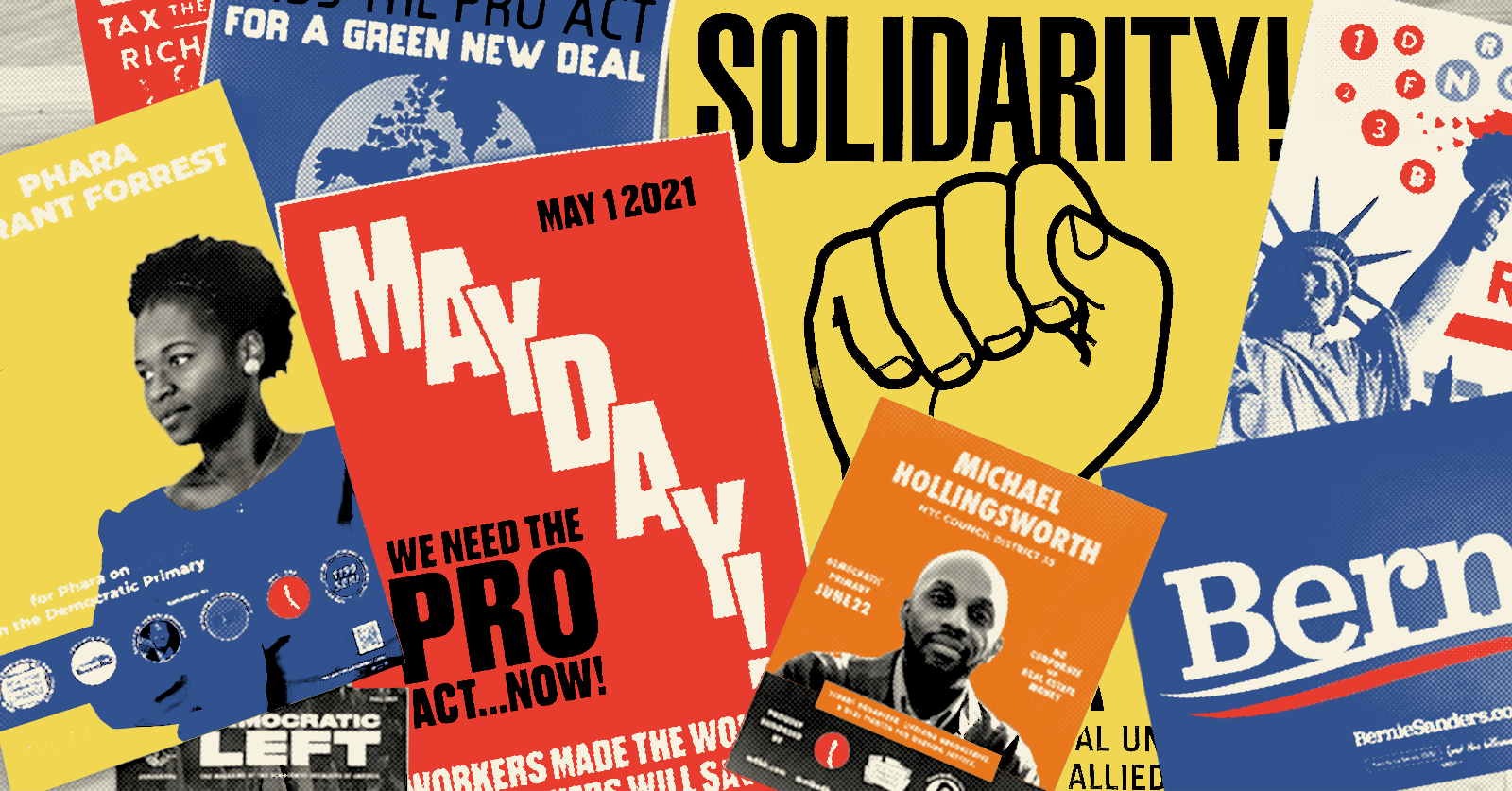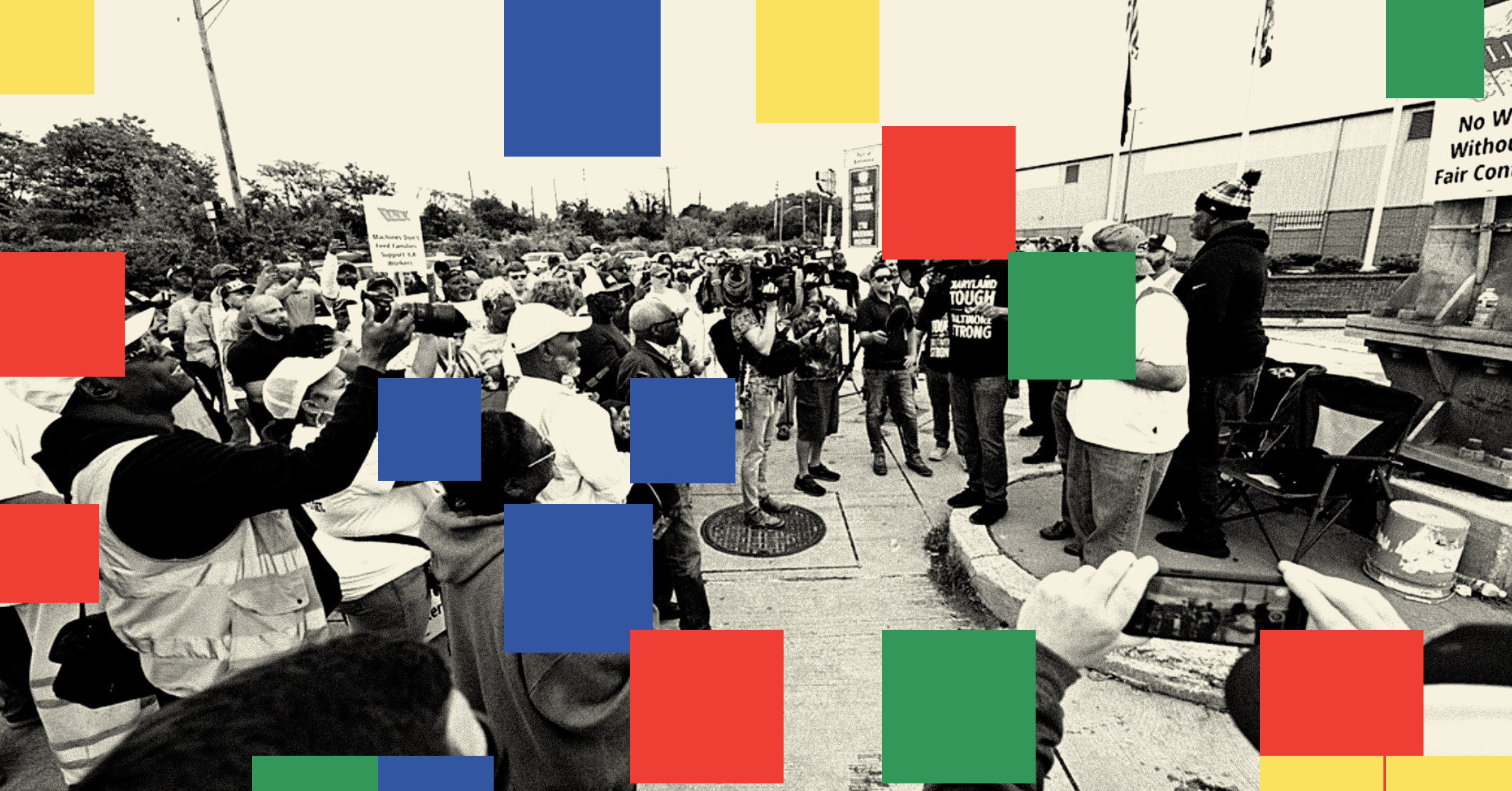NYC-DSA delegates meet this month for our chapters’ annual convention and to consider several important proposals, including The 1-2-3-4 Plan to Build a Party-like Structure. The 1-2-3-4 plan provides flexible and practical foundations necessary for making DSA’s electoral apparatus more efficient and for growing public identification with DSA, with our candidates and our electeds, and with our socialist electoral and political project.
NYC-DSA’s electoral success and highly-developed operation is now well-known. Our work is a collective project of which one individual is a small part. Many people have been part of this project and I have been lucky to have been involved in helping lead digital operations and communications for multiple NYC-DSA State Assembly and New York City Council campaigns and advised or assisted on ten other NYC-DSA endorsed campaigns, as well as on a non-DSA federal campaign. Like others, I have also been a volunteer field coordinator, field lead, and field volunteer for several campaigns. I have seen firsthand our growth as a political organization from a long-shot slate in 2019 to one with real power and infrastructure. I feel that the 1-2-3-4 plan represents an important and necessary step forward for us as an electoral and political project.
NYC-DSA has been building our socialist project in New York City for several years. That has come with understandable growing pains, partly and especially as NYC-DSA is an all-volunteer organization. One of the roadblocks to our success has been that NYC-DSA electoral campaigns have typically been run in a decentralized fashion, with each campaign responsible for its own communications, graphic design, digital advertising, website design, and more. The majority of these campaigns and their needs are staffed and provided by unpaid but highly talented NYC-DSA volunteers who often end up stretched thin, overworked, and overwhelmed, and certainly not for lack of talent, skill, or commitment.
The 1-2-3-4 plan offers a centralized solution to these communications problems, whereby NYC-DSA would establish a “coordinated and centralized communications and design team” who would help develop branding, materials such as palm cards to hand to voters, mailers, candidate websites to present centralized voting, bio, endorsement, and policy information, digital advertising material, as well as joint strategy for NYC-DSA candidates who would then run as a slate, identifying as democratic socialists, sharing several key core policy pillars, and identifying in key procedural ways with the DSA platform and with fellow slate-mates.
Group chats, Slacks, and regular meetings are held between paid campaign staff members and NYC-DSA electoral representatives during electoral cycles, allowing campaigns to strategize together and for DSA volunteers to provide services across campaigns, but this is often done on an ad hoc basis, with no shared official, long-term infrastructure, often resulting in unnecessary duplication of work, which is often time-consuming and demoralizing. We should establish guidelines and plans for commonly used and needed items: website organizational plans, print templates for palm cards, door hangers, field presentations, and especially mail. Direct mail still plays an important role in elections and is very expensive, so campaigns often only have one chance to get it done right. I have worked on several campaigns where we have had to go through multiple rounds of mailer revisions just fixing logistical design issues like placement of the address box, design bleed and margins, and more. These basic problems have taken up valuable time which could have been spent translating these mailers into the languages spoken in these districts, or a whole number of other valuable priorities.
Each campaign cycle, NYC-DSA and individual campaigns essentially must start communications preparation over from scratch. No blueprint or shared resources are left behind by successful or unsuccessful campaigns. While many paid and volunteer campaign staff members are dedicated NYC-DSA members, I’ve talked with many who have felt they didn’t have all the tools they needed to succeed. Their connections and relationships within DSA gave them informal resources and people to call on for advice, but this is no substitute for establishing centralized and supportive institutional structures, libraries, and archives. We cannot consign our communications procedures to our memories and our informal networks or just store our valuable resources on individuals’ Google Drive archives. We have run enough campaigns under many different conditions and we must now have some basics that can be agreed-upon, codified, shared and adapted for the electoral fights to come.
Shared branding and communications is also essential if we are to grow public identification with our candidates and with our socialist electoral and political project. Until this point, NYC-DSA campaigns have all had to develop their own branding, communications strategies, digital media, printed media, digital advertising design, written copy for websites, ads, mailers, and more. This duplicates work and work hours that could be better used in more productive ways. Instead of spending hours figuring out where the block for a mailing address should go on a mailer design, we can focus on messaging, field plans and execution, and, key in a diverse city like New York, translating materials and reaching all populations in a district. Campaign literature in NYC needs to be bilingual and Spanish and to reach all working-class populations we need the time and resources to prepare Chinese, Bangla, and Arabic translations.
Disparate communications and branding work also creates visual representations of the campaigns that can be scattered and lack an obvious point of identification and unification for the DSA slate as a whole. While all campaigns should have the room to adapt to local conditions and let designers wield their creative talents to their full ability, there needs to be more effort paid to unifying the visual approach of campaigns at the slate level, and within campaigns themselves, so that they can operate in a united fashion and motivate people to vote for and identify with a lasting political project, not just with individual candidates who come and go, win or loss.
Other benefits of the 1-2-3-4 plan includes positioning candidates as part of a slate and bloc, as NYC-DSA has done in our last three electoral cycles and which other political organizations are now trying to replicate. The plan’s ask that candidates share and promote several timely, shared policy pillars allows another way for audiences to identify with a unified message, much like the kind of simplified universal messaging that has been so successful for Bernie Sanders and the recent Tax The Rich campaign. For example, universal healthcare, a popular and common socialist policy pillar, is a large and unwieldy topic for a City or State race to take on by themselves, but they do offer the opportunity to talk to important local issues, like the lack of public hospitals in a given neighborhood, the high number of underinsured people in another, the higher asthma and cancer rates in neighborhoods abutting the BQE, the higher mortality rate faced by working class populations in the face of the COVID-19 pandemic, and more. These specific moments are lived experiences with which campaigns can connect with individual voters and through them to our larger socialist political project.
NYC-DSA wants to offer an alternative to the New York Democratic Party, who have failed working people across the state and city. It is also vital that we place more emphasis on our campaigns and candidates as democratic socialists, and as alternatives to the party whose recent primaries drew near-record low levels of voter turnout. That can be done in our literature, where our candidates clearly identify themselves as democratic socialists while also clearly providing information on voting for them in the Democratic primary to avoid confusing voters. Other provisions of the plan provide valuable means of applying accountability during the endorsement process that will help DSA electeds distinguish themselves from progressives who adopt popular socialist values from NYC-DSA, but do not run as part of our slate or represent our political project.
The 1-2-3-4 plan lays the foundations to help build an alternative party-like structure or surrogate in the arena where NYC-DSA has been most effective: electoral races. I encourage NYC-DSA 2022 convention delegates to join us in this important moment and to support and vote yes for the 1-2-3-4 plan.




